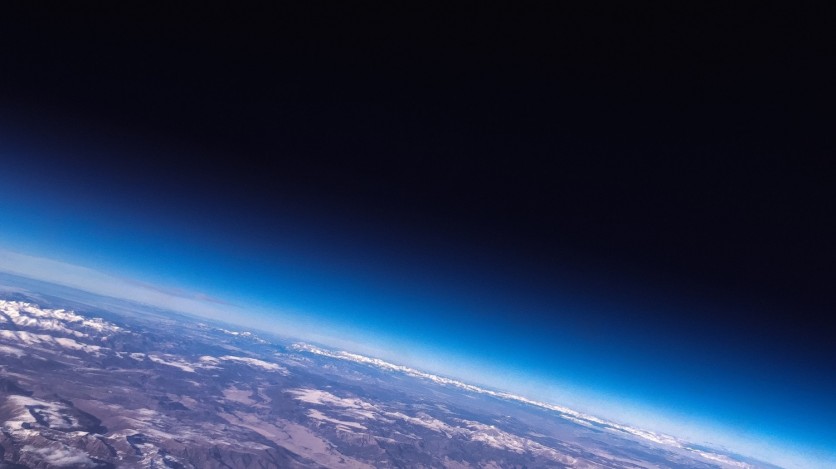A chunk of a default payload adapter that launched in 2013 was the subject of a clean-up mission to rid it from orbit, but it was ironically hit with another space junk that caused it to split into smaller pieces. Despite the ironic case, the European Space Agency (ESA) is still set to commission ClearSpace's upcoming ClearSpace-1 mission for its 2026 launch to remove the garbage.
This recent event only highlights the fact that humans' growing space industry is also contributing harm to space, and may prove to be dangerous for future space missions.
VESPA Space Junk Hit with Space Junk

According to the recent statement from the ESA, the United States 18th Space Defense Squadron has informed them that the space junk that they are tracking has split into multiple fragments after getting hit by another space junk debris.
This centers on the VESPA payload adapter which launched with the Vega rocket in 2013 and was left in orbit after delivering its payload from the said mission.
It broke off into multiple pieces of debris now, instead of being one space junk that the ESA aims to clean up soon through the Swiss start-up, ClearSpace, to undertake the mission.
According to the ESA, "A preliminary assessment indicates that the increased collision risk to other missions posed by these fragments is negligible."
Read Also : US Space Force Reports Break up of Mysterious Russian Satellite That Produced Cloud of Space Debris
ClearSpace-1 Mission Still a Go
According to the ESA, the ClearSpace-1 mission is still a go, a program that will launch by 2026 to begin its cleaning operations that will center on the adapter after as much as 13 years of staying there.
The ESA commissioned ClearSpace for a future clean-up mission that will target the VESPA adapter and rid of the space junk with its claw-like hands that will fling it to the Earth's atmosphere, burning it as it re-enters.
Space Pollution is Real
The growing case of space pollution is real, and while it has no adverse effects on the massive void's environment, it certainly has a significant effect on humans on Earth. According to an expert, space garbage can potentially "trap" humans on Earth should there come a time when they go out of the planet for interstellar missions, with the garbage orbiting the planet affecting spacecraft and its instruments.
While breaking up in space is not intended by agencies and companies to happen to their rocket, there are low clean-up missions in place for these concerned bodies to undertake and tidy things up in space.
One famous example would be the Long March 6A rocket which saw a breakup incident that involved the spacecraft's upper stage, creating a debris cloud that contained as much as 350 fragments.
Thousands of space junk are already orbiting the planet and remain there, particularly as it is locked in the Earth's orbit and is not going anywhere thanks to the low presence of gravity. Still, its constant movement makes it a risk for other space junk and future missions, with the ESA's ClearSpace-1 mission with the Swiss company looking to rid of the VESPA junk in less than three years.

![Apple Watch Series 10 [GPS 42mm]](https://d.techtimes.com/en/full/453899/apple-watch-series-10-gps-42mm.jpg?w=184&h=103&f=9fb3c2ea2db928c663d1d2eadbcb3e52)



